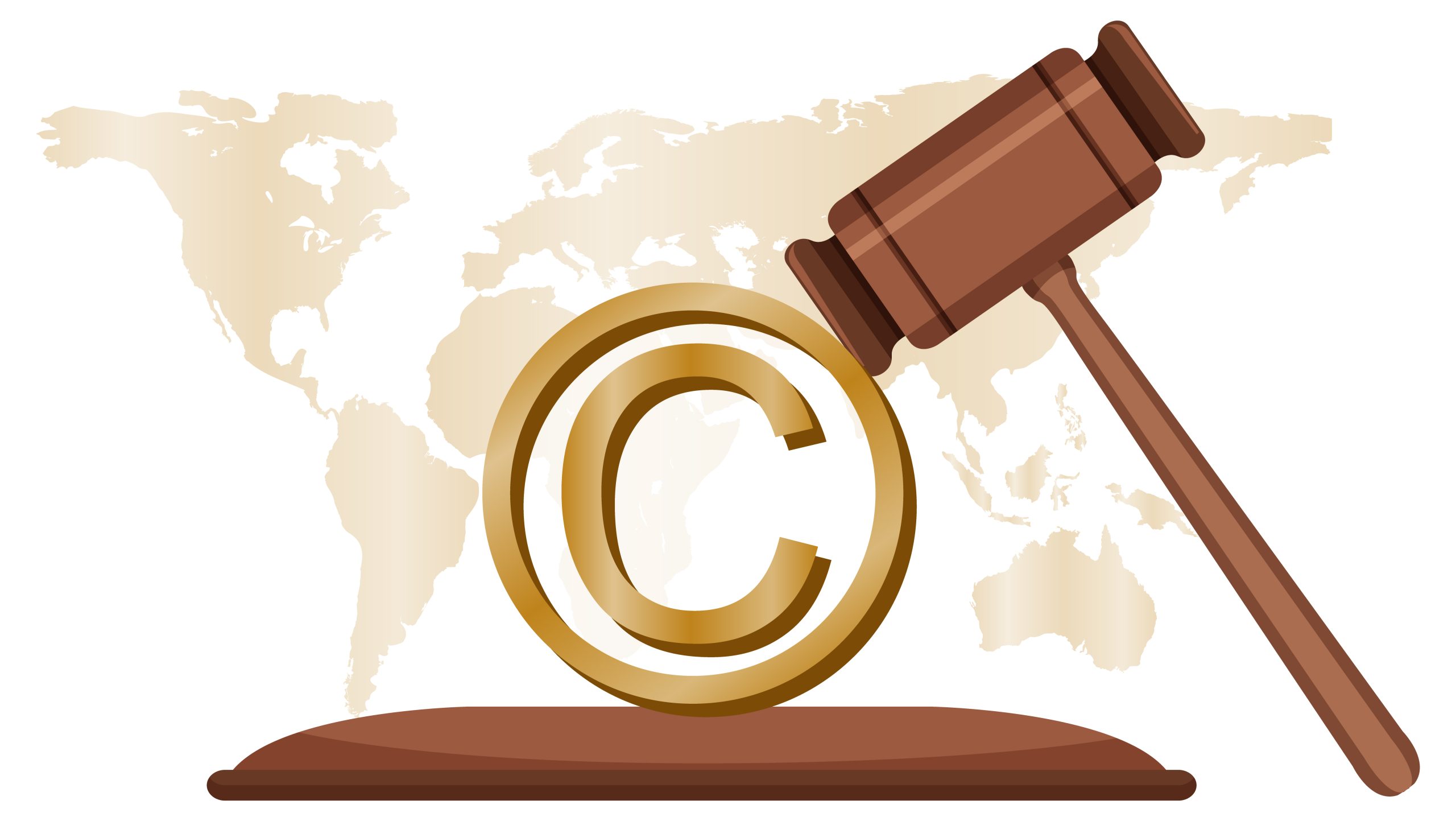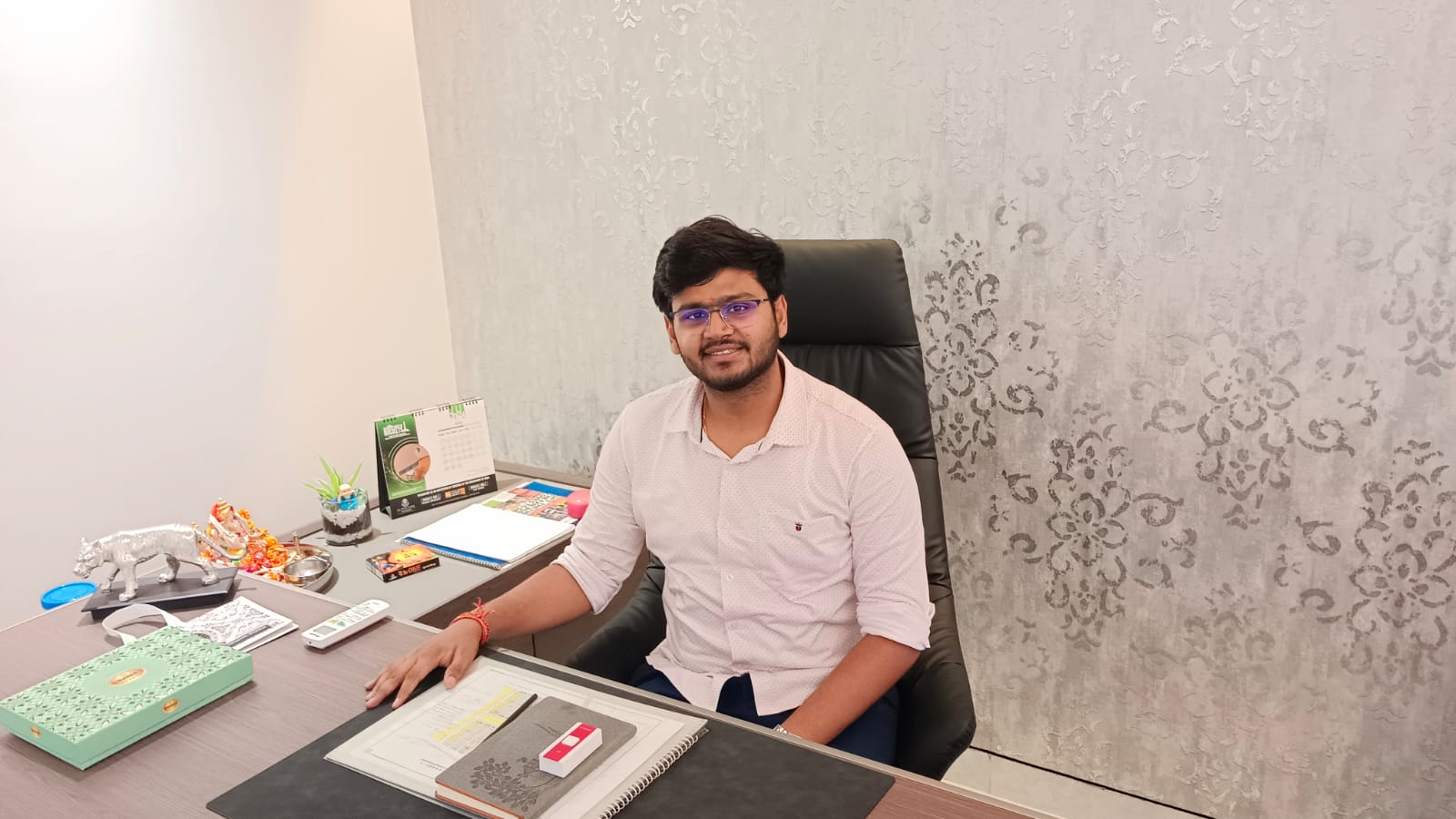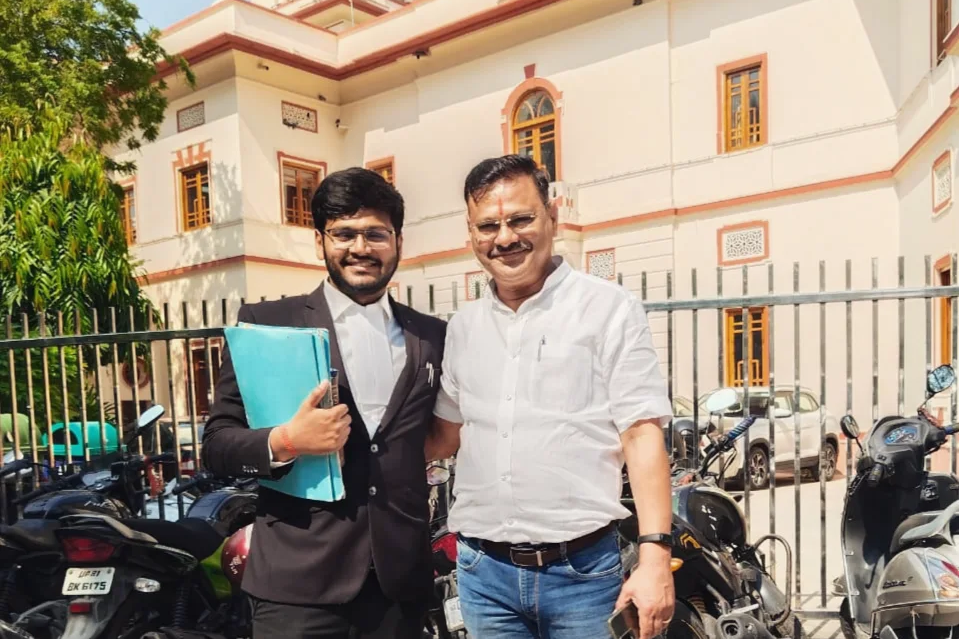Concept of “Originality” under the Copyright Law – Study of Judicial Response
Today we are living in an era of globalisation where the human society is progressing day by day in every field, whether it is science, art, law, agriculture or any other thing we had progressed because of the hard work, research, creativity and efforts of the people. Based on the research and the time put upon by different persons, people need some kind of reward in return. These technological developments had paved a way for an increasing demand in Intellectual Property Rights which helps claiming certain rights over any innovation, creation, other form of knowledge or information. For example- under The Copyright law certain works are protected such as literary, musical, artistic and dramatic works which require some kind of originality. This concept of originality had been understood by different countries in different way and has evolved a lot by the time. This paper will try to analyse the concept of originality in light of music industry by comparing Indian court understanding of originality with that of others. Further, it will try to answer the question on whether copyright stops technology from advancing, in name of current owners of copyright? and what’s court response to that. Lastly this paper will conclude on how this problem could be resolved.
As we all know Bollywood is one of the biggest industry in Indian economy which earn just double than Hollywood. Every year we can see that big names in the Bollywood music industry continue to come under fire for copying and creating unauthorised derivative works, despite the cry from other heavy hitters in the industry to stop infringement. Therefore it’s the Indian copyright law which provides protection for works created in India (Government of India Ministry of Human Resource Development, 1999). The Copyright Act of 1957 was taken from Great Britain’s copyright law. The Copyright Act provides copyright protection to various works, including original literary, dramatic, artistic and musical works, cinematographic films, and sound recordings which further grants exclusive rights to the copyright holder, authorising the copyright holder to reproduce, distribute, perform, and translate the work, among other rights [1] if the work is original. The copyright law extends no protection to concepts and ideas but their expression in a tangible medium, and only safeguards the original works.[2] Any violation of these restricted rights is considered copyright infringement. According to Paul Goldstein, “the originality and expression serves different objects. Originality ensures that as a price of copyright consumers get something more than just copies of an existing work. The expression ensures that the building block of creativity remains free for use by all.”[3]
There are many laws and conventions which protect musical work such as Section 2(p) of the Copyright Act, 1957 specifies ‘musical work’ means a work consisting of “music and includes any graphical notation of such work but does not include any words any action intended to be sung, spoken, or performed with the music.” The UK Copyright, Designs and Patents Act, 1988 under s.3(1) defines Musical Work as ‘a work consisting of music’, exclusive of any words or action intended to be sung, spoken or performed with the music. The US Copyright Act, 1976 has defined musical works under s.102(a)(2) as ‘including any accompanying words’ as among the words of authorship protected under the Act. Berne Convention for the Protection of Literary and Artistic Works recognises musical work as a subject matter of copyright protection. Article 2 (1) of the convention also protect the literary and artistic works, possible requirement of fixation, derivative works, official texts, collections, obligation to protect, beneficiaries of protection, works of applied art and industrial designs, news. Agreement on Trade-Related Aspects of Intellectual Property Rights (TRIPS) (Government of India Ministry of Human Resource Development, 1999), also affords protection to musical works under Copyright Law as Part II, Article 9 directs the members of TRIPS to comply with the provisions of Article 1 to 21 of the Berne Convention. The nature of the Music is such that in testing originality of a music sometimes it very difficult for the court to conclude that whether a particular song has been copied or infringed rights of a composer or not which in turn lead to courts coming up with different test to define what is originality in that particular fact scenario. Before I talk about different test laid down by court its important to understand what is originality and how its is defined in various legislatures.
If we look at The Indian Copyright Act, 1957; UK Copyright, Designs and Patents Act 1988 no where the word original has been defined. Different Courts had tried to define it but there is no particular definition. In RupendraKashyap v. Jiwan Publishing House, the court held that “The word ‘original’ in Section 13 of the Copyright Act, 1957 did not imply any originality of ideas, but merely meant that the work in question should not be copied from some other work and should originate from the author being the product of his labour and skill. Thus, the term ‘original’ in reference to a work simply means that the particular work ‘owes its origin’ to the author. Original simply means that the work has independently been created by the author, and has not been copied from someone else’s work.” [4] In law, more stress has been laid on how an idea had been expressed. There is no 4 definite, single or unified concept of “originality” and there have been different doctrines which have tried to define the concept.
First one is UK’s “Sweat of the brow doctrine” According to this doctrine, an owner gains rights in which the court take a very soft and wider approach while considering any case for purpose of measuring originality. The “sweat of the brow” doctrine relies entirely on the skill and labour of the author, rendering the requirement of “creativity” in a work nearly redundant. This doctrine was first adopted in the UK in 1900 in the case of Walter v Lane,[5] where an oral speech was reproduced verbatim in a newspaper report and the question was whether such a same reproduction would give rise to copyright in the work. By taking into account the amount of labour undertaken by the reporter in taking down and recording the speech, the court opined that the work was copyrightable because of the skill and labour involved. In University of London Press v. University Tutorial Press [6] the Court held “that the Copyright Act does not require that expression be in an original or novel form. It does, however, require that the work not be copied from another work. It must originate from the author. The question papers are original within the meaning of copyright laws as they were originated from the authors. The court held that merely because similar questions have been asked by other examiners, the plaintiff shall not be denied copyright.” [7] Similarly if look at Indian position then in many cases Indian court has also followed this approach. For example- In Kartar Singh Giani v. Ladha Singh [8] , the Supreme Court of India, following the approach of English Courts, observed that “copyright law does not prevent a person from taking what is useful from an original work with additions and improvements.” In many subsequent decisions also, the Supreme Court and the High Courts have laid emphasis on involvement of labour, skill and judgment while granting copyright protection.
USA has the oldest and the most developed Copyright laws in the world. The courts have given importance to both the creative and subjective contribution of the authors since the late 17th century. The foundation of US copyright law is their peculiar constitutional provision which contains the mandate ‘to promote the Progress of Science and useful Arts’. [9] In Feist Publications, Inc. v. Rural telephone Service Co.[10] case, the US Supreme Court come up with “Modicum of creativity doctrine”. This doctrine is narrow in nature, to get protection one must not only have to prove that his creation is the product of independent creation but also there must be sufficient amount of intellectual creativity and judgment has gone into the creation of that work. The US Supreme Court found that “Original as the term is used in copyright means only that the work was independently created by the author (as opposed to copies from other woks) and that it possesses at least some minimal degree of creativity.” [11] It was this case which changed the whole 11 interpretation of originality with regard to copyright understanding in US. As regards musical work, it easily qualifies the standard of creativity because of its inherent nature. A composer cannot compose a tune without being creative.
Apart from the two doctrines cited above, there is “Skill and Judgment Test” which is a mid way approach to both the doctrines cited above, which was developed by the Canadian Supreme Court which try to balance out the right of the owner and the user by stopping the problem of information being restricted. The Canadian court in the case of C.C.H Canadian Ltd. v. Law Society of Upper Canada [12] hold that the two positions i.e. the “sweat of the brow” and “modicum of creativity” are extreme positions. Court recognises that The Copyright Act has dual objectives, to balance public interest in the encouragement and dissemination of works and obtaining a just reward for the creator; the balance among these and other public policy objectives lies not only in recognising the creator’s rights but in giving due weight to their limited nature. The Court preferred a higher substance than the doctrine of “sweat of the brow” but not as high as “modicum of creativity”. Chief Justice McLachlin stated that the “exercise of skill and judgment” was necessary in order for an expression to attract copyright protection. He further went on to state that the exercise of skill and judgement would require “intellectual effort” and “must not be so trivial that it could be characterised as a purely mechanical exercise.”[13] Even this approach had been followed by the court in India where in case of Eastern Book Co. v. D.B Moda k[14] ;The Supreme Court of India departed from the traditional “sweat of the brow” doctrine and followed the Canadian Supreme Court by ruling that mere application of skill, labour and judgment is not sufficient for according copyright protection. Court held that “a work would meet the originality standard as long as there is labour or effort involved but not only labour.” Further, the Court held “the division of a judgment into paragraphs and numbering them was enough to meet this standard of ‘Skill and Judgment” which is very much similar to the interpretation given in the above Canadian case. The Court granted copyright protection to the additions and contributions made by the editors of SCC. At the same the Court also held that the orders and judgments of the Courts are in public domain and everybody has a right to use and publish them and therefore no copyright can be claimed on the same.
Last doctrine is the Doctrine of Merger, this test is used as a defence. According to this doctrine where the idea and expression are intrinsically connected, and that the expression is indistinguishable from the idea, copyright protection cannot be granted. This doctrine is applied by the court where a particular idea can only be used in one manner and has an effect of creating monopoly. For example- in case of Chancellor Masters of Oxford v. Narendra Publishing House [15] ;The Supreme Court of India reasoned that mathematical questions are expressions of laws of nature. Since language is a limited medium, such laws of nature can be expressed only in a few ways. Hence extension of copyright protection for questions would deny access to ideas. Court further said that “the law recognised the equally compelling need to promote creative activity while ensuring that the privileges granted by copyright do not curb circulation of information” [16] and for these reasons, the Court held that copyright could not be extended to the questions.
If we apply the above doctrines to the music work then this notion of originality fails to account for the multitude of components that make up a musical work. Additional technical elements that should be examined in determining the originality of a work are ‘patterns of notes’, using a particular phrase as melody or accompaniment, the chord structure of the piece, etc. “As to whether a substantial part of a musical work has been copied, the question remains whether the alleged infringement has made use of a substantial part of the skill, labour, and taste of the original composer. The issue of substantial part does not depend solely on a note for note comparison but must be determined by the ear as well as by the eye, for the most uneducated in music can recognise that an altered work of music is, in effect, the same as or is derived from the original work” [17] which is similar to the principal laid down in case of In Ram Sampath v. Rajesh Roshan & Ors. [18] In case of Yash Raj Films v. India TV, delivered on August 22, 2012 Delhi High Court held that small amounts of usage of songs in a programme by India TV does not amount to copyright infringement.
Now if we analyse and look at the above doctrines, jurisprudence on copyright and factors considered by the court we can see how the different court in different countries had indulged with the concept of originality differently and had evolved different doctrines in order to balance out the rights of the owners and the user who can use information in order to build upon new ideas. This balance to some extend had been achieved by the Canadian court where the court used Skill and Judgment Test and tried to come up with the mid way. On other hand if we look at US the criteria of Modicum of Creativity’ which has a slightly higher expectation of originality from the authors as compare to the jurisprudence in UK, which follows the doctrine of ‘Sweat of the Brow’. Coming to Indian
position, since India intellectual property law was taken mostly from the UK laws the court are naturally tempted to follow the Sweat of the Brow doctrine as laid down by the courts in England but at the same time Indian courts has also used others doctrines in different cases [19] and has deviated towards a more mid way approach after Modak case, which I see in a positive way. Secondly, looking at all the four doctrines cited above we can observe that the way these doctrines had evolved has their own relevance depending from case to case. If we look at the Modak Case the court not only adopted the Skill and Judgment Test but at the same time court here the Supreme Court discarded the ‘Sweat of the Brow’ doctrine and shifted to a ‘Modicum of creativity’ approach as followed in the US. The notion of “flavour of minimum requirement of creativity” was introduced in this case. It was held that “to establish copyright, the creativity standard applied is not that something must be novel or non-obvious, but some amount of creativity in the work to claim a copyright is required.” [20] This show that the Sweat of the Brow doctrine is not a right way to deal with the issue of originality because it makes easier for the claimant of the copyright to get protection which in turn violates the actual objective the copyright act, instead others doctrines are much more better way to deal with the question of copyright which the courts had realised with the increasing jurisprudence in intellectual property. However, this doesn’t resolve the actual problem especially with regard to music industry, because music industry has evolved a lot in terms of the technology and remix being used in song, secondly due to many doctrines and jurisprudence on originality court have different opinion on same subject matter.
Therefore, In the current copyright regime for musical works, there is no definition of originality which is challenge not only for India but for many others countries. The parliament must provide us with the definition of originality so that the confusion and uncertainty is cleared which can only be solved if all countries try to harmonise and works on the concept of originality in much greater depth.
References
1 Section 14, The Copyright Act of 1957
2 Nehaluddin Ahmad & Saurabh Chaturvedi (2013) Originality requirement and copyright regime of music: a comparative overview of Indian perspective, Information & Communications Technology Law, 22:2, 132-145.
3Principles of intellectual property by N.S. Gopalakrishnan & T.G. Agitha, Chapter-1 Conceptual 3 basis for intellectual property protection, page- 14
4 [1996) PTC 439 (Del).
5 [1900] AC 539
6 [1916] 2 Ch 601
7 http://www.mondaq.com/india/x/802134/Copyright/Doctrine+Of+Originality+In+Copyright.
8 (1935)ILR16LAH103.
9 Supra Note 2, page 136
10 499 U.S. 340 (1991).
11 Ibid
12 236 DLR (4th) 395
13 Ibid
14 Civil Appeal No. 6472 of 2004.
15 IA 9823/2005, 51/2006 and 647/2006 in CS(OS) 1656/2005.
16 bid, para- 32
17 Supra Note 2, page- 140
18 2009 (40) PTC 78 (Bom.) para 16 at p. 86.
19 Supra Note 3, Introduction,
20 page- 12 Supra Note 13, Para- 40





